There are a wide range of creatures with claws that may be found all over the world.
Several species, including mammals, reptiles, and birds have evolved various types of claws to aid in hunting, self-defense, and tree climbing.
These animals with claws are found in various parts of the world. Some are easy to find, while others may be quite rare but they all have claws of different sizes and shapes.
In this piece, we’ll look at some of the most gorgeous claws in the animal kingdom, explain some of their uses, and see the extraordinary adaptations made by these clawed animals to survive and thrive in their specific environments.
Here are Some Animals with Claws
1. Grizzly Bears
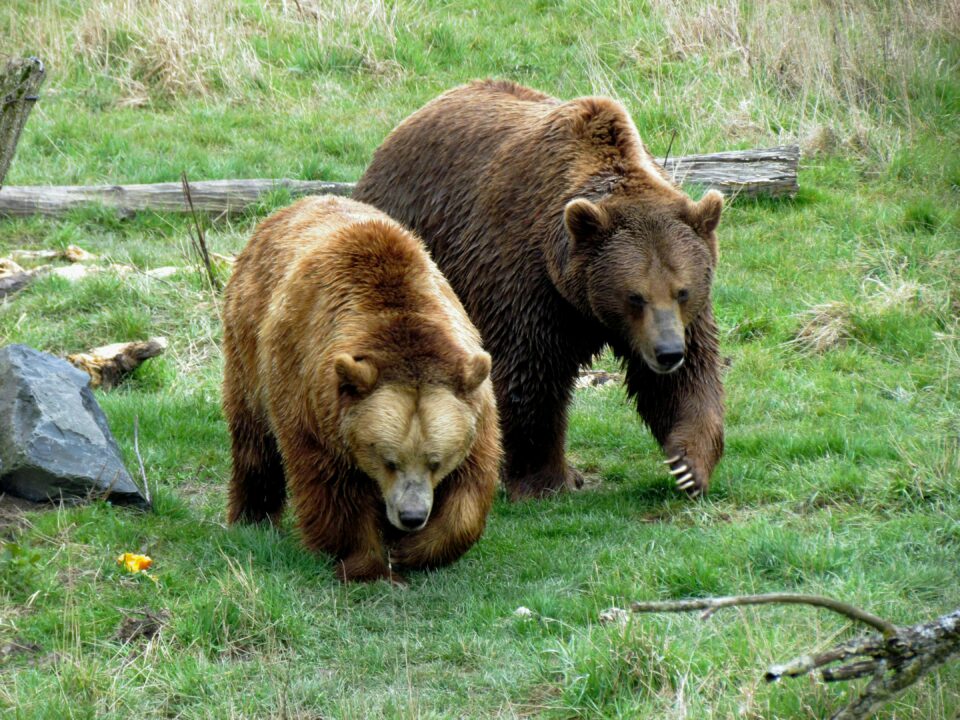
In North America’s vast wilderness, grizzly bears are feared predators. Adapted to their environment, these giants have keen claws on their front paws, which are essential for climbing trees and hunting enormous prey.
As omnivores, grizzlies have a wide diet. However, their reputation takes a dark turn because they are known to attack humans.
Encounters with these creatures are dangerous for both humans and prey due to their powerful jaws and keen claws.
They have claws that can be up to 3 inches long. While their deadly teeth and muscular jaws can decapitate a wolf with a single swat, their greatest strength lies in their paws.
The strength of a grizzly bear is due to the sheer force contained in those gigantic limbs, not the sharpness of their claws.
2. Bald Eagles
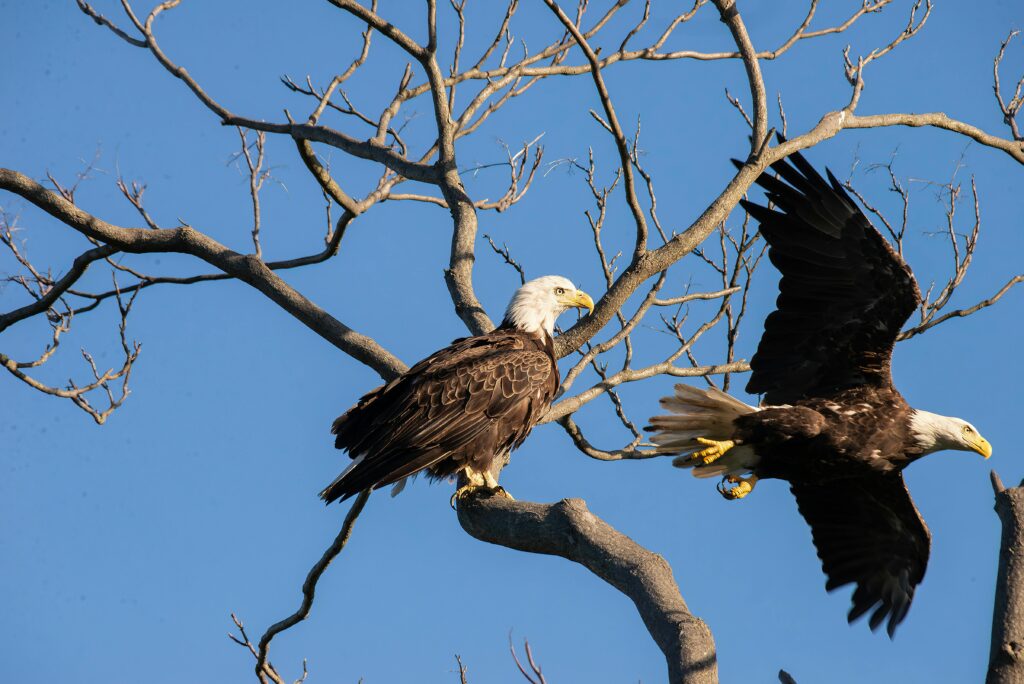
The bald eagle is the most recognizable raptor, revered as the embodiment of American freedom.
Raptors, or birds of prey, use talons with sharp claws for a variety of tasks, including guarding against intruders, holding tree branches, and capturing prey.
For the bald eagle, a ruler of the skies, talons are critical to survival. Bald eagles are uniquely specialized for fishing, using their talons to snag fish from the water with precision and power.
These talons have four claws on each foot, including a unique hallux, and are roughly 2 inches long.
3. Sloths
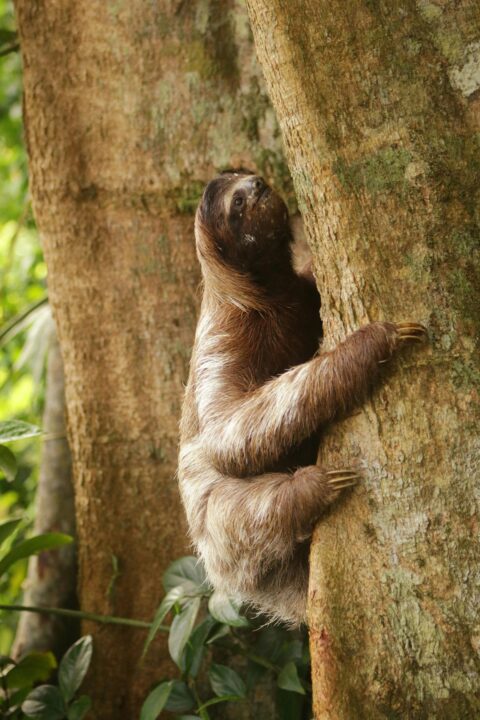
In the world of sloths, these slow-moving creatures find refuge in trees. They are called Folivora scientifically and feed on herbivores. Its claw size is about 3 to 4 inches.
Sloths, with clawed hands and feet, have evolved to live hung amid branches, demonstrating a unique adaptability for tree-dwelling.
Frequently, they are erroneously linked with lethargy because of their slow speed and thrive in the treetops of Central and North America.
Aside from their sluggish reputation, they share their unique claws with other tree-dwelling animals, such as bats.
Their curved claws, which may grow up to 4 inches long, demonstrate their adaptability to life above ground, where each movement is deliberate and every inch of their claws helps them navigate the treetop environment.
4. Lions
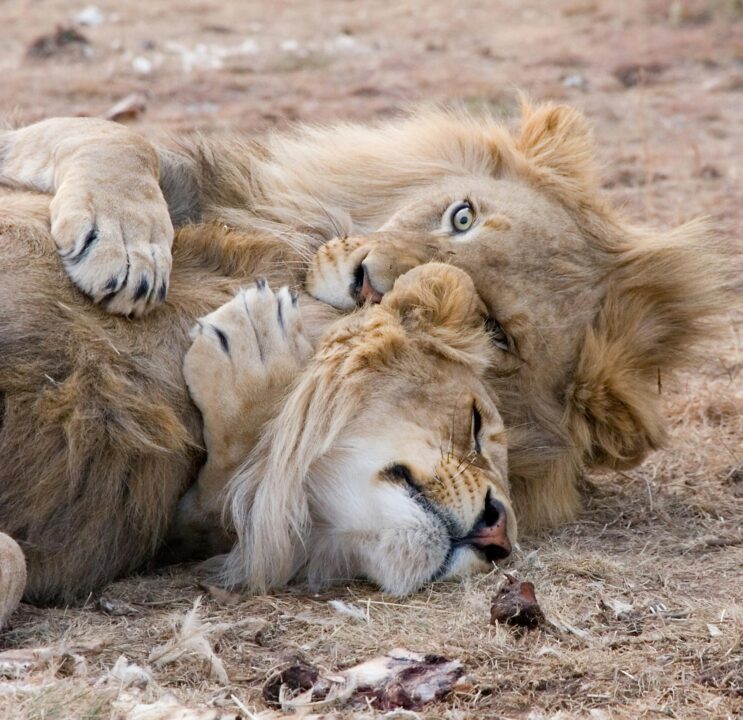
The lion is a fierce predator that uses its claws for a variety of important tasks. They have dangerous 1.5-inch claws at the ends of their toes, producing the image of feline heels.
They typically have five toes in the front and four in the rear, for a total of 18 claws. This contains five claws in each forelimb, with a thumb-like dewclaw, and four claws in each hindlimb.
The analogy of a lion’s claw to a simple kitchen knife emphasizes its functionality: without regular sharpening, it gets dull.
5. Great Horned Owls
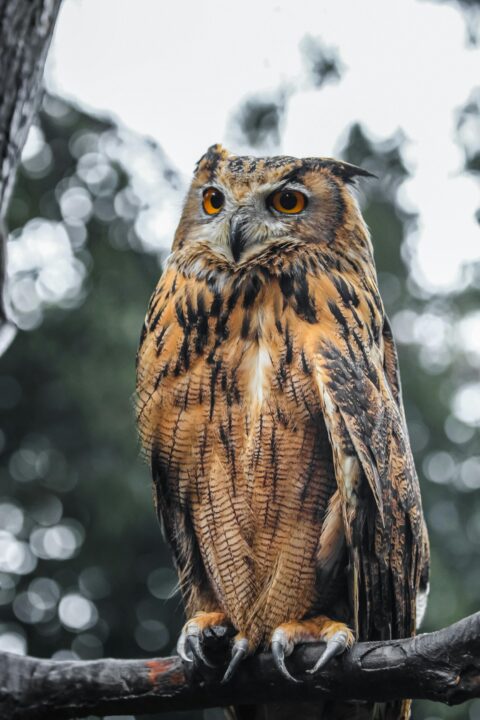
The great-horned owl is known for having the most powerful talons among American raptors. These strong claws, with a forceful closure of 28.7 pounds (13 kg), can match the bite force of a German shepherd.
The owl’s talons may grow up to 4 inches long and have a grip force of 300 pounds per square inch, allowing for a quick and fatal squeeze that can dispatch prey in seconds.
Beyond hunting, these sharp talons have a dual use as weapons and shields. They use their talons not only to catch rodents, but also to defend themselves against natural predators like bobcats, badgers, and coyotes.
6. Black Bears
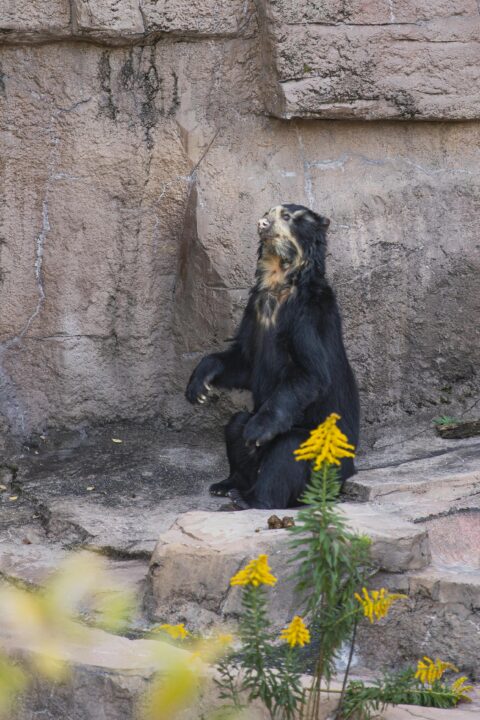
In North American nature, black bears, also known as American black bears, emerge as powerful predators, hunting mid-sized species such as deer fawns and moose calves with their sturdy paws and claws.
Black bears have claws that average roughly 2 inches long, with shorter front claws measuring about 1 inch. Surprisingly, regardless of size, black bear claws are stronger than grizzly bear claws.
Beyond hunting, black bears use their claws for many purposes, including seizing animals and gripping plant materials, demonstrating their omnivorous nature, which makes them both strong predators and potentially harmful to humans.
7. Badgers
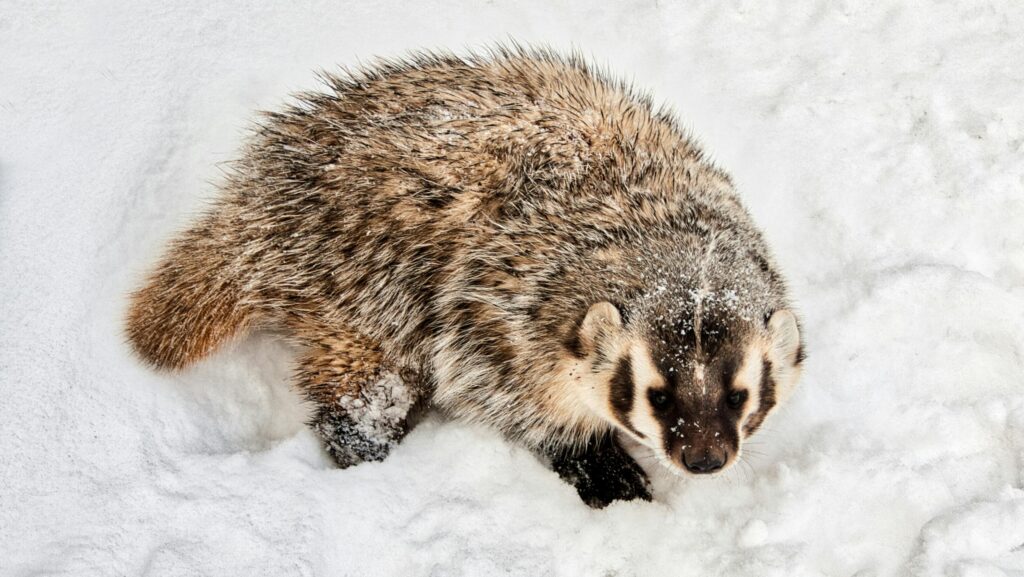
In the animal kingdom, the badger is regarded as one of the most fearsome and courageous species, equipped with keen claws that act as both defense and weapon against predators.
Badgers, members of the Mustelidae family, hunt and dig with their claws, which measure approximately 1.4 inches each.
They show unrivaled bravery, especially in honey badgers. Honey badgers, famed for their toughness, raid beehives fearlessly, ripping them open with their claws and claiming the honey despite numerous bee stings.
8. Harpy Eagles
In the grand hierarchy of raptors, the harpy eagle is one of the world’s largest and most powerful birds, similar to the famed bald eagle.
These awe-inspiring birds of prey live primarily in Central America, particularly Panama, and have massive talons to match their size.
The harpy eagle weighs about 20 pounds and stands 3 feet and 11 inches tall, which is equal to an average eight-year-old. Consider talons that can grow to be 5 inches long, which is larger than the average grizzly bear’s talon.
9. Giant Armadillos
Giant armadillos are the masters of deadly claws, with their amazingly long, non-retractable claws. Notably, the front claws are significantly larger and more prominent than the hind claws.
The huge armadillo distinguishes itself further by having a sickle claw’ on its forefoot, a remarkable appendage measuring around 8 inches – the size of an average human palm.
These claws, unique in the animal kingdom, serve a specific purpose as the enormous armadillo’s primary digging equipment.
10. Gigantic Anteaters
Don’t be misled by the name: enormous anteaters, often known as ant bears, are more than just insectivores; they have deadly claws that put them apart in the animal kingdom.
These remarkable creatures, found in Central and South America, navigate their world without teeth, depending instead on their strong claws for digging and self-defense.
The gigantic anteater’s claws, which measure an astonishing 4 inches long, are extremely effective at excavating the earth.
Their unusually long snouts and tongues match their claws, allowing them to gulp food with astonishing precision.
11. Crocodiles
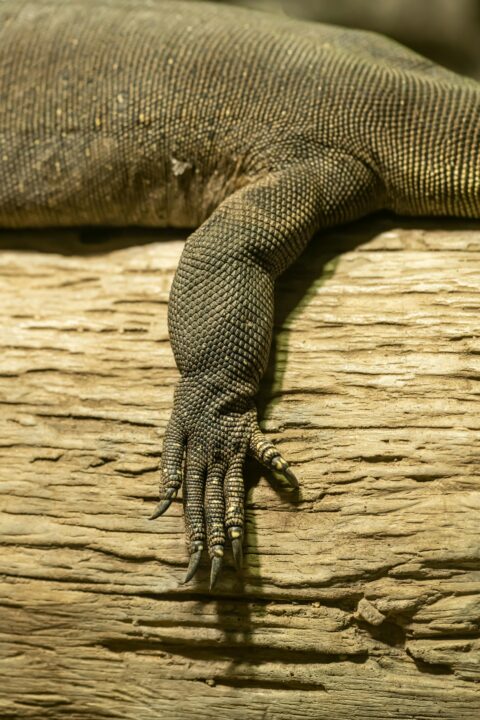
Crocodiles, some of the world’s largest reptiles, are well-known for their size and strength. One of a crocodile’s most distinguishing features, however, is its long, sharp claws.
The crocodile requires these powerful claws to grip its prey and bring it into the water, where it can drown it.
They are useful for navigating across water and holding onto rocks and logs to sunbathe. The crocodile’s claws are strong and sharp; if broken or damaged, they recover fast.
A crocodile can swiftly and easily repair a claw. These claws are also quite effective self-defense weapons.
12. Cougar
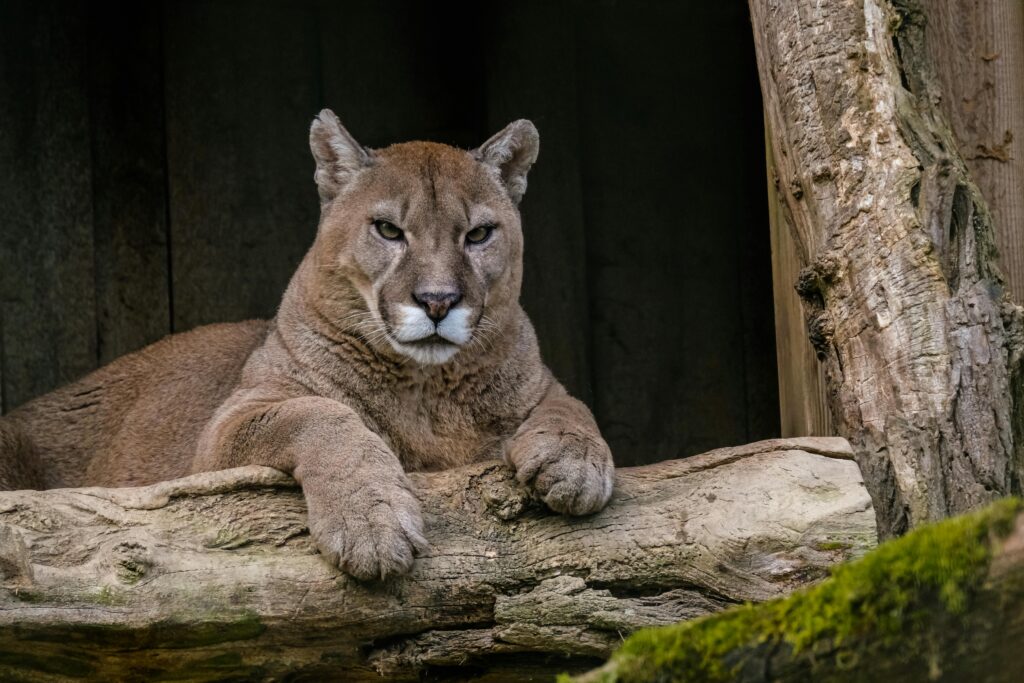
The massive cat, known as a cougar or mountain lion, is an animal with claws that can be found in both North and South America.
These incredible felines can readily climb trees and hunt prey due to their powerful limbs and retractable claws.
Claws are also used for territorial marking and self-defense. A cougar has one of the longest claws in the cat species, measuring up to two inches.
The cougar’s razor-sharp claws allow it to seize and hold its target while biting it fatally in the neck. They can take down larger creatures than themselves, such as deer and elk, thanks to their hunting prowess.
Their extraordinary claws are one of many adaptations that allow them to thrive as predators in their environment.
13. Cassowary
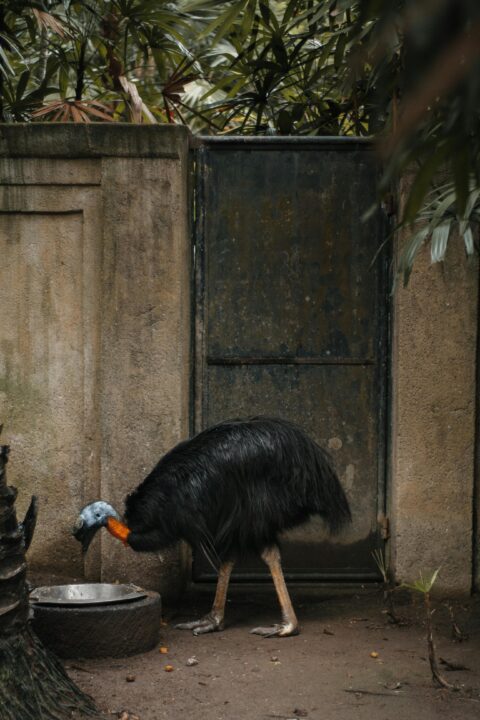
The large, flightless cassowary inhabits the tropical forests of New Guinea and northern Australia.
They are well-known for their deadly claws, which can grow up to 4 inches long and have a razor-sharp edge.
The cassowary uses these claws to seek food on the forest floor and to protect itself from predators.
In addition to their extraordinary claws, cassowaries have a bone structure on top of their heads known as a casque, which protects their skull from damage as they navigate through the jungle.
Despite their intimidating appearance, cassowaries are timid, isolated animals who prefer to avoid humans.
14. Bats
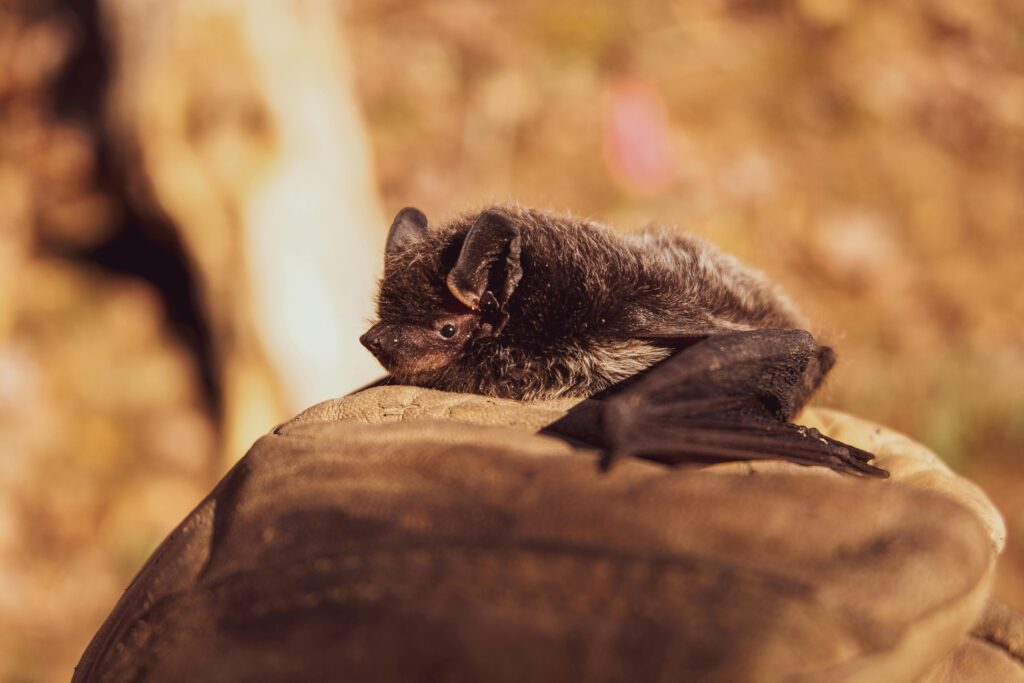
Bats have a peculiar wing structure, with extended fingers covered in sharp claws. They use these claws, sometimes known as hooklets, to cling to things when roosting and to help them move around on the ground. While not all bats have claws, those that do rely heavily on them for survival.
For example, the wooly bat uses its claws to burrow into tree trunks for protection during the day, whereas vampire bats use their sharp claws to creep up walls and over ceilings in search of food.
Conclusion
Observing these animals with claws shows nature’s resourcefulness in creating specific adaptations for survival.
These keratinous structures serve as extraordinary tools sculpted by the natural world’s constant needs.
They are fundamentally necessary for these animals’ survival. Predators use them with precision, assuring a successful catch and a meal in the never-ending hunter-prey cycle.



